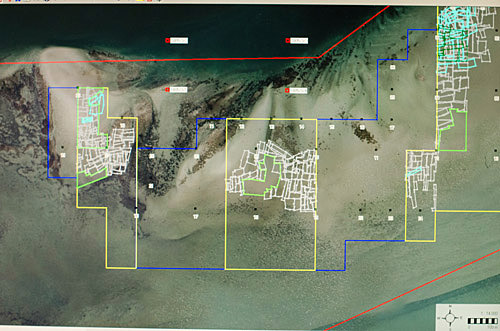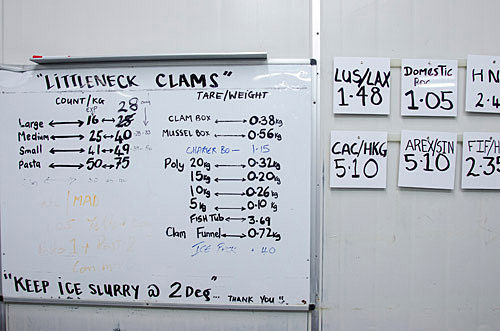Working every day of the year, the team at Dunedin's Southern Clams can have an average of 4.5 tonnes of clams ready for market in six hours. In winter the team in the water harvest by torchlight and even have waves crashing over them on occasions. Director Roger Belton started Southern Clams in the early 1980's after his French girlfriend took him to experience the French food culture. Eighty percent of the clams are exported, particulary to the east coast of the USA where the large Italian poplulation need them for Spagetti alle Vonglole. The remaining clams are sold domestically at restaurants, wholesalers and the New World and Pak n Save supermarkets.
Southern Clams take sustainability very seriously even investing in forestry in order to be carbon accountable. They have never harvested their full quota of clams and are contantly looking for new ways to reduce bycatch.
I was just thankful my waders didn't leak.

















































